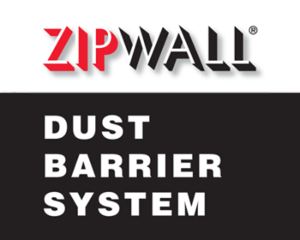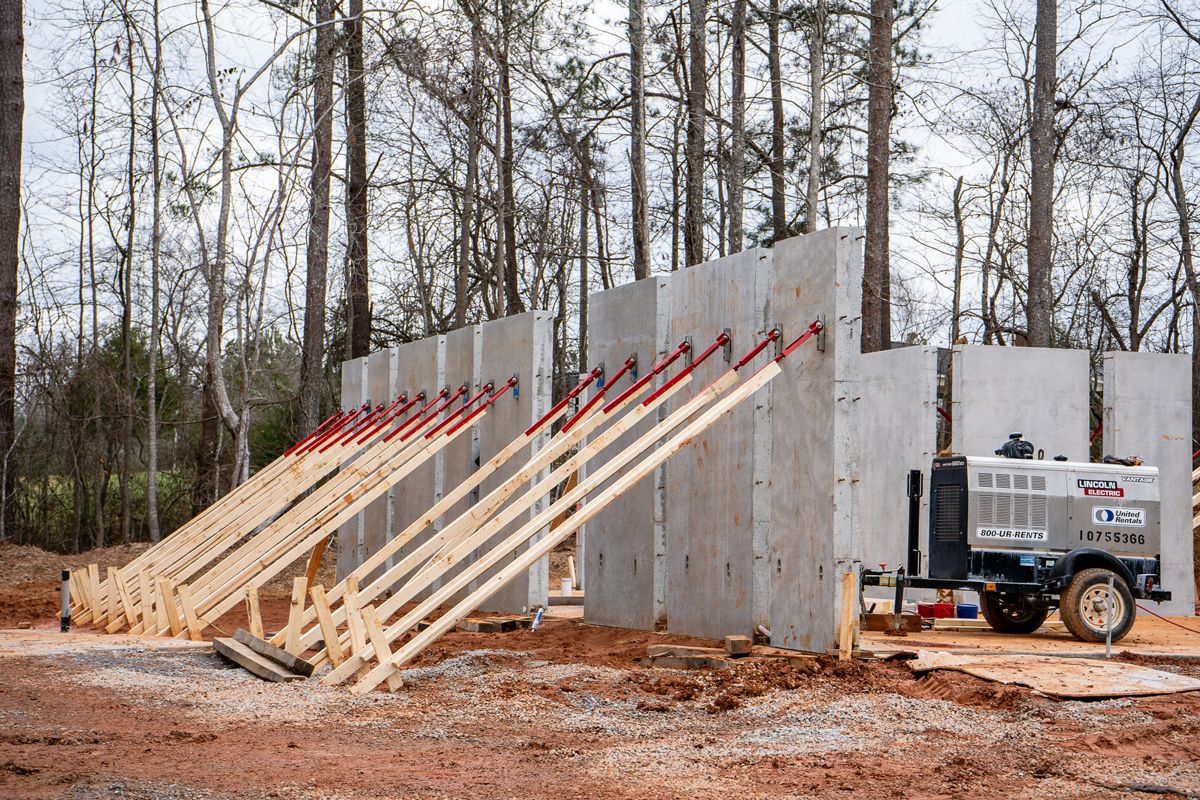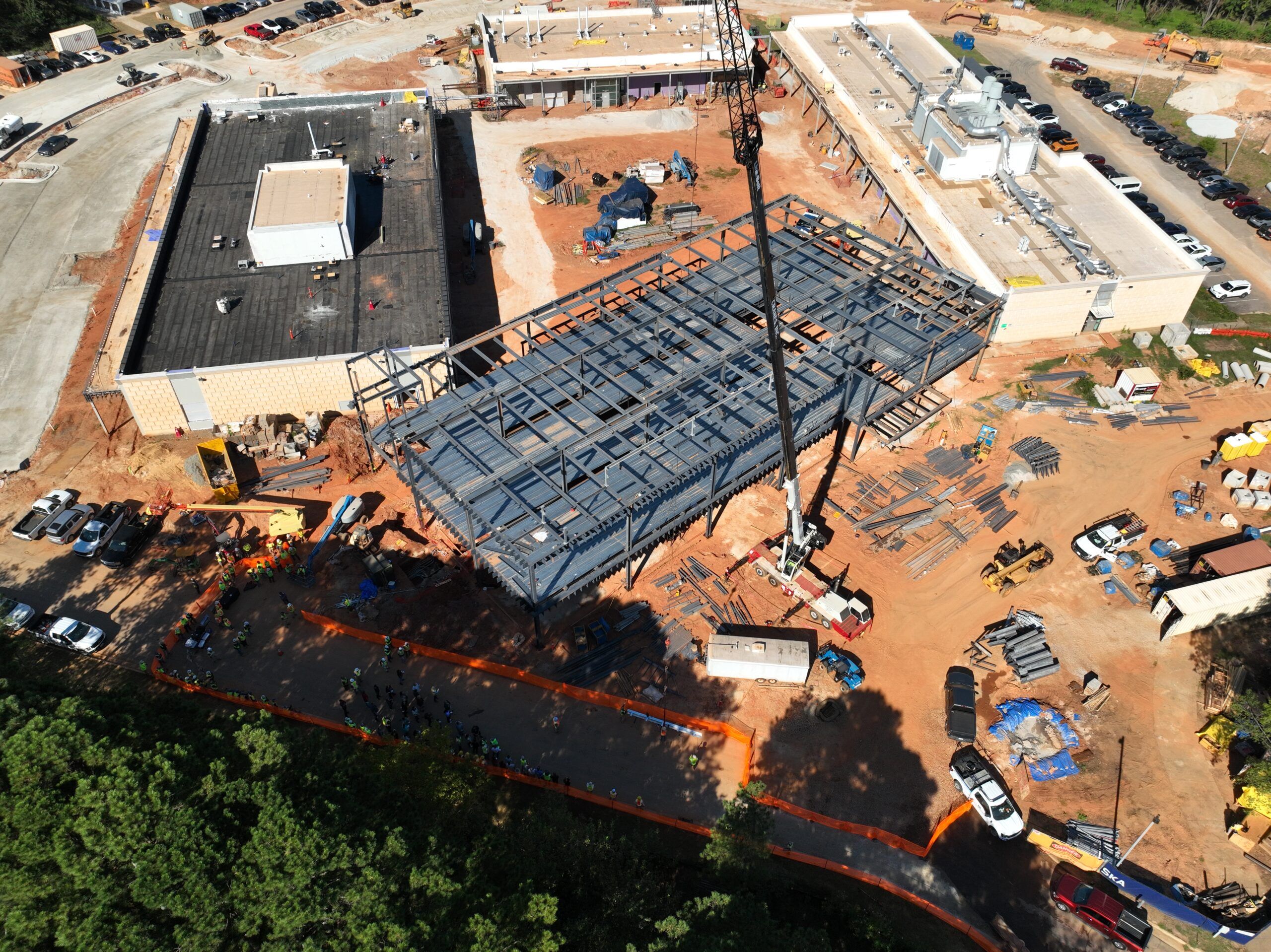Residential construction in California has reached a tipping point. The recent devastating wildfires that raged across Los Angeles, reducing entire neighborhoods to ashes, underscore the critical need to reconsider how homes in fire-prone areas are constructed.
This is not an isolated incident. In 2024 alone, California experienced 8,024 wildfires, scorching over 1 million acres, destroying 1,716 structures, and displacing thousands of residents.
California is enduring an ongoing wildfire crisis that demands immediate and sustained action to protect residents, natural resources, and the economy.
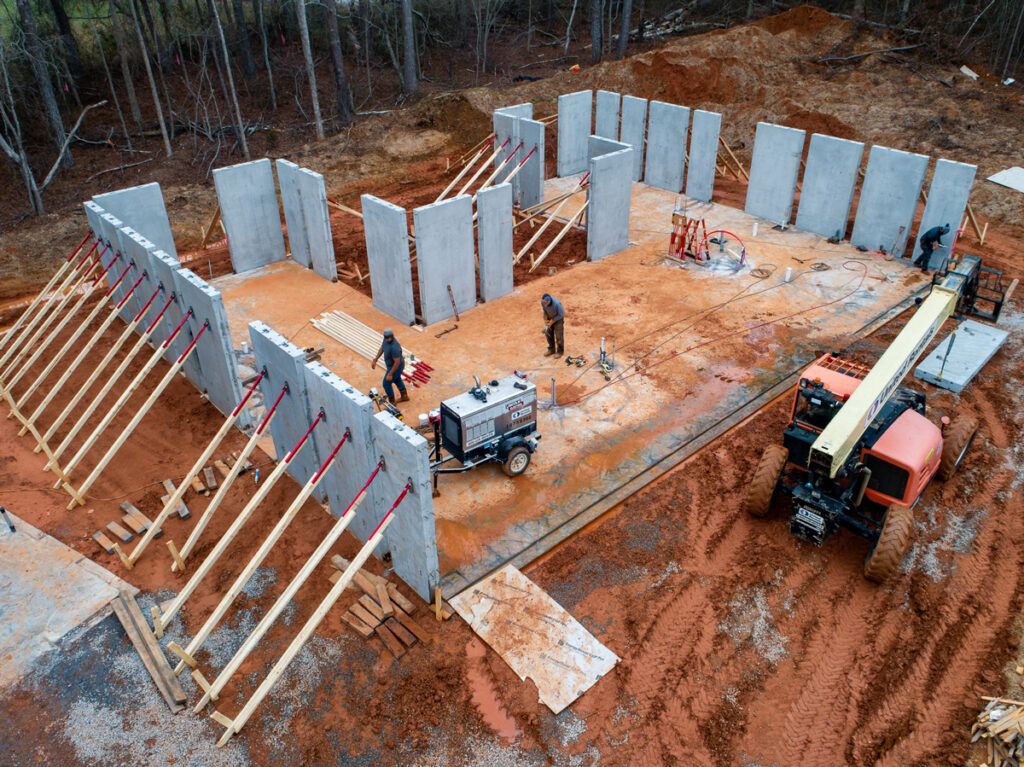 Engineers have long advocated for an increased use of fire-resistant materials in residential construction, but the higher costs when compared to wood have slowed widespread adoption. Now, however, innovations are dramatically lowering the cost of utilizing concrete in residential construction—and by adding fireproof doors, windows, and metal roofs homes can be transformed into fire-proof structures.
Engineers have long advocated for an increased use of fire-resistant materials in residential construction, but the higher costs when compared to wood have slowed widespread adoption. Now, however, innovations are dramatically lowering the cost of utilizing concrete in residential construction—and by adding fireproof doors, windows, and metal roofs homes can be transformed into fire-proof structures.
These advancements in residential concrete construction extend beyond fire defense, offering enhanced protection against other natural disasters such as hurricanes, tornadoes and earthquakes. “Concrete is by its nature a very durable and resilient material regardless of the hazard,” says Evan Reis, Executive Director of the U.S. Resiliency Council. “So, from the performance side of things, concrete homes make a ton of sense.”
Reis, a structural engineer with more than 30 years of experience, leads the U.S. Resiliency Council—a California-based non-profit organization that advocates for well-engineered structures built with resilient materials. “With more people moving to hazard-prone areas and the increase in natural disaster-related losses. Something has got to change.”
Insurers Backing Out
Making matters worse is the harsh reality that many homeowners now are unable to secure home insurance. According to the First Street Foundation, almost one-third of homeowners in the lower 48 states are already struggling to find affordable insurance, with California facing some of the most pressing challenges.
In fact, in the months leading up to the historic blaze, many insurers began canceling policies across the state, leaving homeowners with few to no options. “Insurance rates are skyrocketing because of the increased risk,” Reis says. “At the same time lenders don’t want to be left holding the bag. The good news is that they are both beginning to recognize that they can greatly reduce their risks if homes are built with the right materials.”
As governments and the insurance industry struggle to find viable solutions in the near term, discussions are increasingly turning to just what building material is going to replace the traditional wood-framed home design.
Building a Foundation
Building homes out of concrete has long been viewed as a superior option, especially in fire-prone areas like Los Angeles County. This would no doubt save lives, protect properties, and greatly reduce future government relief and recovery funds. The high cost of construction compared to wood-framed homes has been a major barrier.
However, new building methods are making concrete homes more affordable. In fact, when lifetime upkeep, insurance, and other expenses are factored in, concrete homes are expected to greatly reduce the total cost of ownership.
The latest advancements piggyback on the tilt-up designs common in commercial construction. For residential construction however, the cost savings come from utilizing smaller prestressed sandwich panels which don’t require the use of expensive cranes.
Instead, the panels can be maneuvered by forklifts—which also cuts down on labor. “An entire house can now go up with just 3 or 4 people onsite to tilt up the panels and set them in place,” says Alonso Forcado, an engineer from Nonquit Homes who helped design and build the first residential home outside of Atlanta using this style of construction.
The panels can also be poured on site which eliminates the need to transport heavy panels from a precast manufacturer, where every mile increases their cost.
The time associated with building concrete homes can also be greatly reduced when compared to traditional wood-framed designs. For example, depending on the size, a wood-framed home can take six months to more than a year to complete. Once a builder can properly train their crew on the new concrete building process, building times can also be greatly reduced to as little as 120 days, depending on the size of the residence.
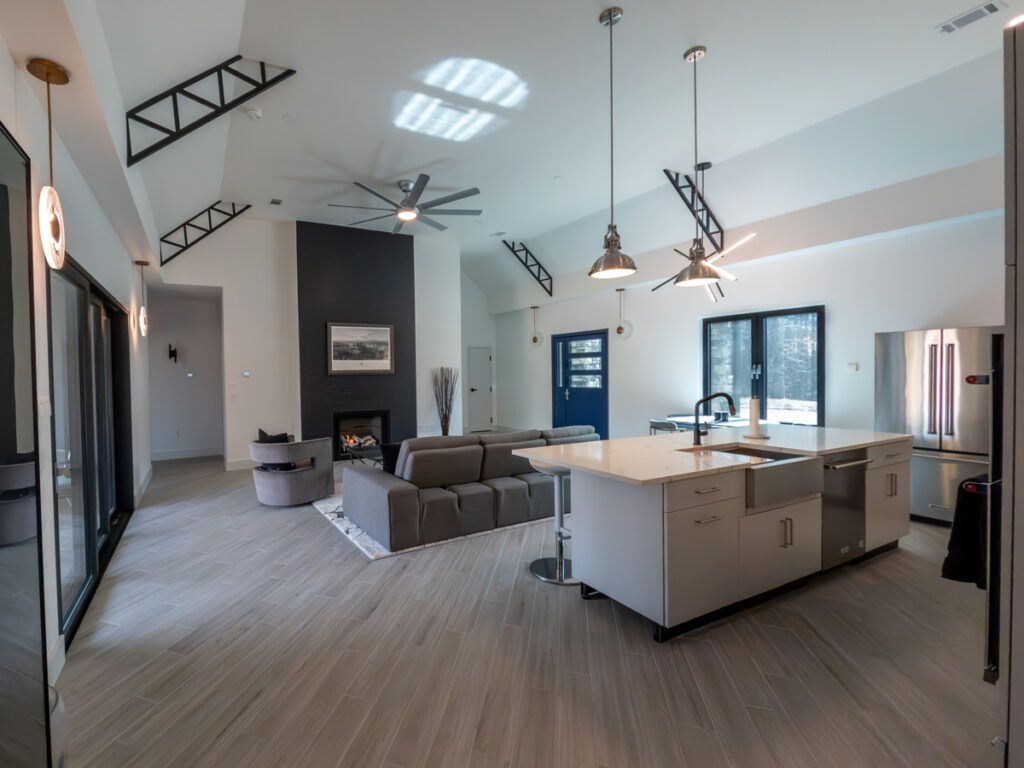 Building resilience requires retraining
Building resilience requires retraining
One of the biggest obstacles to seeing a transition from wood to concrete in residential construction comes down to the know-how. Reis says another primary reason contractors, especially in high-risk areas, continue to build wood-framed homes is due to their familiarity with the process. “Right now, there are simply not enough contractors that know how to efficiently build a home out of concrete.”
Getting contractors on board with the shift to concrete requires a proven process and training to build cost-effective, energy-efficient, designer-friendly concrete homes.
To further speed development into residential concrete construction, companies like Texas-based Nonquit Homes have begun offering educational courses for contractors. The program takes eight days and includes hands-on training that will provide builders and skilled workers with the knowledge and ability to pour and erect prestressed concrete panels for quick and cost-effective residential construction.
“It took us almost two years to perfect the process of building with these prestressed concrete sandwich panels,” Forcado says. “Now we want to pass along what we have learned to builders before it is too late. Right now, it is a race against time.”
Enhancing Durability
Another issue with constructing homes out of concrete includes insulation limitations and aesthetic concerns. For instance, concrete is naturally dense and airtight, but it is not an effective insulator on its own. To alleviate the issue, Nonquit Homes began integrating thick insulation within the concrete panels. This approach not only improves energy efficiency but also streamlines construction by eliminating the need for separate insulation and interior walls.
In terms of design, the concrete industry has evolved significantly, offering nearly limitless customization options, including colored, patterned, and textured finishes. Furthermore, builders can incorporate conventional exterior materials like brick, stone, or stucco to enhance curb appeal.
Concrete homes are proving to be a safer, greener, more durable option with lower energy consumption and fewer repairs providing a more sustainable solution.
“Sustainable design has always been translated into green design, or having a low impact on the environment,” Reis says. “That is only half of the equation. The other part is the environment having a low impact on us. By combining green design with resilient design, together we can achieve sustainability.”
Greg Rankin is a Houston-based freelance writer with more than 20 years of experience writing about construction, engineering, and the concrete industry.




